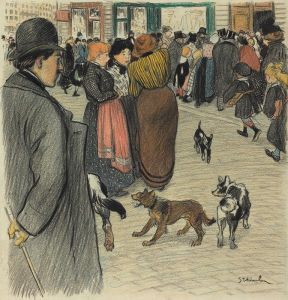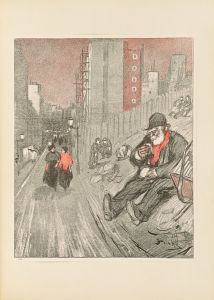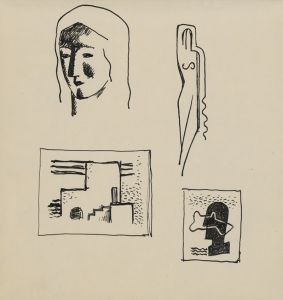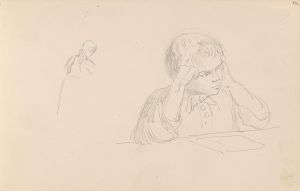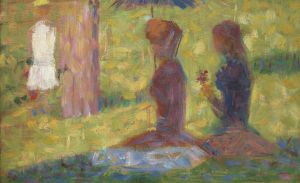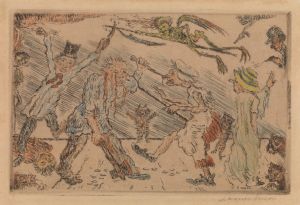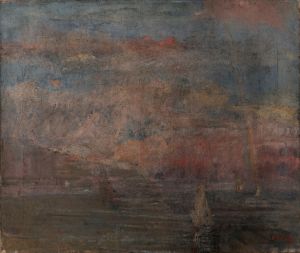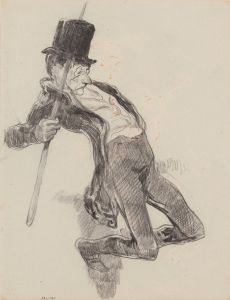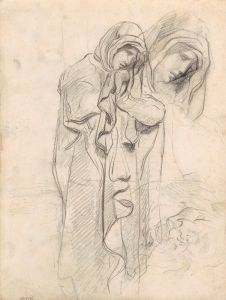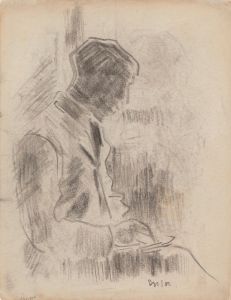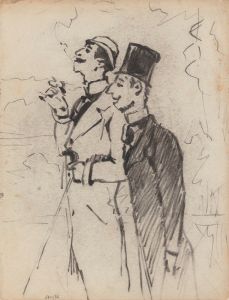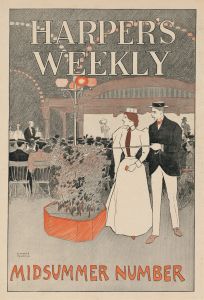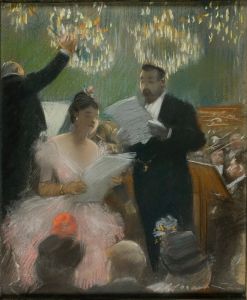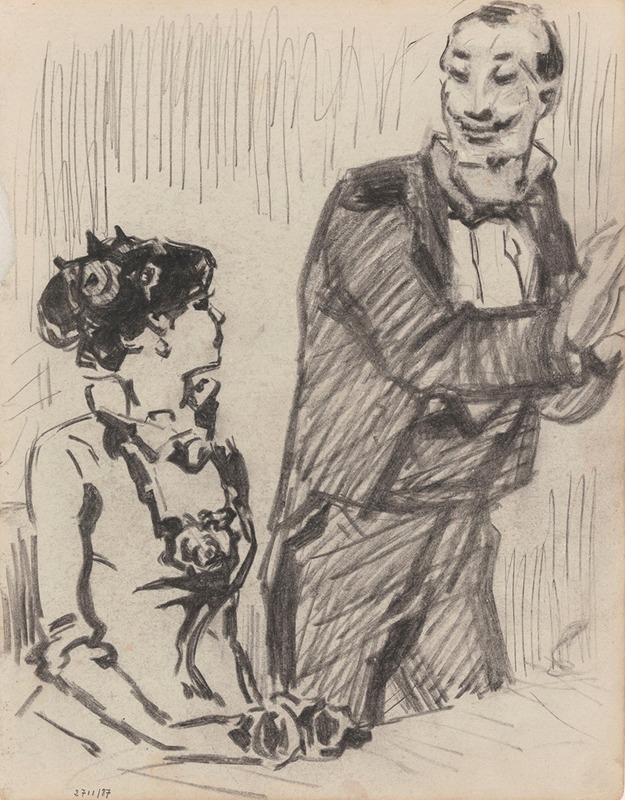
At the Loge
A hand-painted replica of James Ensor’s masterpiece At the Loge, meticulously crafted by professional artists to capture the true essence of the original. Each piece is created with museum-quality canvas and rare mineral pigments, carefully painted by experienced artists with delicate brushstrokes and rich, layered colors to perfectly recreate the texture of the original artwork. Unlike machine-printed reproductions, this hand-painted version brings the painting to life, infused with the artist’s emotions and skill in every stroke. Whether for personal collection or home decoration, it instantly elevates the artistic atmosphere of any space.
James Ensor's painting "At the Loge" is a notable work by the Belgian artist, who is renowned for his unique style and contribution to the Symbolist movement. Ensor, born in 1860 in Ostend, Belgium, was a pivotal figure in the transition from the 19th-century artistic traditions to the modernist movements of the 20th century. His work often features themes of satire, grotesque imagery, and a fascination with masks and the human condition.
"At the Loge," created in 1908, is a prime example of Ensor's exploration of social themes and his distinctive use of color and composition. The painting depicts a scene in a theater loge, a private box from which the audience can view performances. This setting allows Ensor to explore themes of observation and spectacle, both of which are recurrent in his oeuvre.
In "At the Loge," Ensor employs his characteristic vibrant color palette and expressive brushwork. The figures in the painting are rendered with a sense of immediacy and dynamism, capturing the lively atmosphere of the theater. Ensor's use of masks and exaggerated facial expressions is evident in this work, reflecting his interest in the duality of human nature and the facades people present in social settings.
The painting is also notable for its composition, which draws the viewer's eye into the scene and creates a sense of depth and perspective. Ensor's ability to convey the bustling energy of the theater environment is evident in the way he arranges the figures and utilizes the space within the loge. The figures are depicted in various states of engagement with the performance, highlighting the diverse reactions and interactions of individuals in a shared social experience.
Ensor's work, including "At the Loge," often contains an element of social critique. Through his depiction of the theater audience, Ensor comments on the performative aspects of society and the masks people wear in their daily lives. This theme is consistent with his broader body of work, which frequently challenges societal norms and explores the complexities of identity and perception.
"At the Loge" is housed in the Royal Museum of Fine Arts in Antwerp, Belgium, where it is part of a larger collection of Ensor's works. The painting is an important example of Ensor's contribution to modern art and his influence on subsequent generations of artists. His innovative approach to color, composition, and subject matter has cemented his place as a significant figure in the history of art.
Overall, "At the Loge" exemplifies James Ensor's unique artistic vision and his ability to capture the complexities of human experience through his distinctive style. The painting remains a testament to Ensor's skill as an artist and his enduring impact on the art world.





